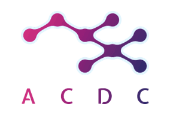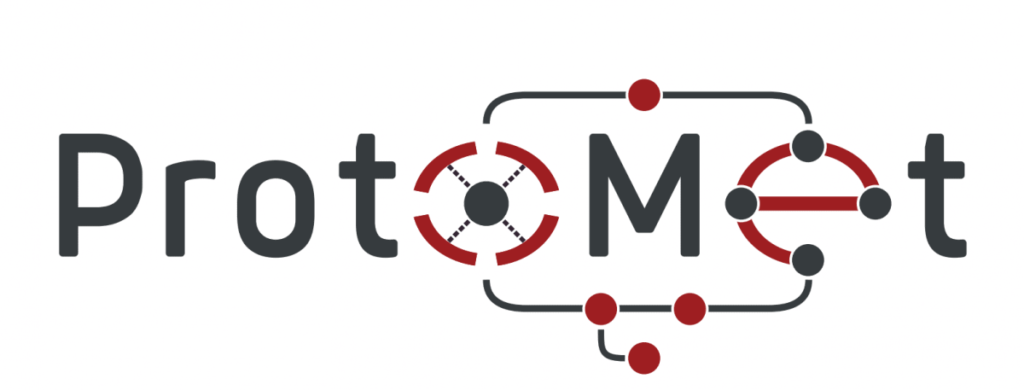Neutrophil chemotaxis pack
Follow neutrophil chemotaxis in real time ideal physiological conditions
High quality image gathering
Follow your neutrophils in real time
Keep the ideal temperature conditions
Culture cells on top of the microscope stage
Use the chip of your preference
Setup can be used with any chip design

Need a microfluidic SME partner for your Horizon Europe project?
Neutrophil chemotaxis pack
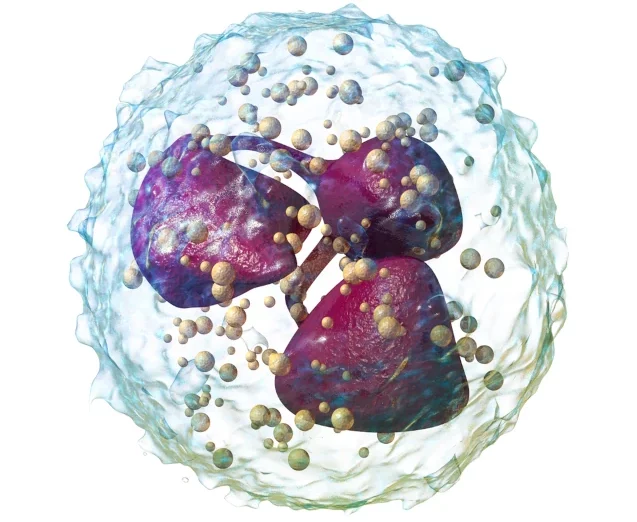
Neutrophil chemotaxis is one of the first lines of defense
Neutrophils are usually the first immune cells, not ordinarily present in the tissue, recruited to an inflammation or injury site [1]. They typically reside in the bone marrow and are attracted to these sites by cytokines released by infecting agents or local immune cells, such as macrophages [2].
Once circulating in the blood, neutrophils detect the location of the injury by the surrounding activated endothelial cells, which causes them to slow down and migrate into the tissue [1].
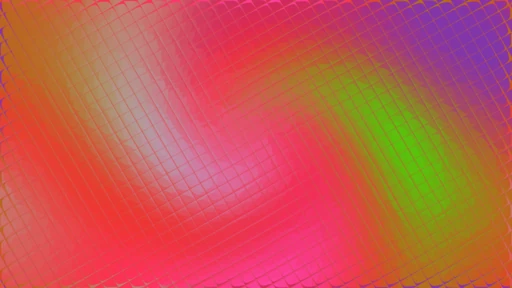
Gradients are responsible for neutrophil chemotaxis
Chemotaxis is an essential physiological process involved in embryonic development, wound healing, immune response, and even cancer progression [3], making its understanding crucial for advancements in drug development.
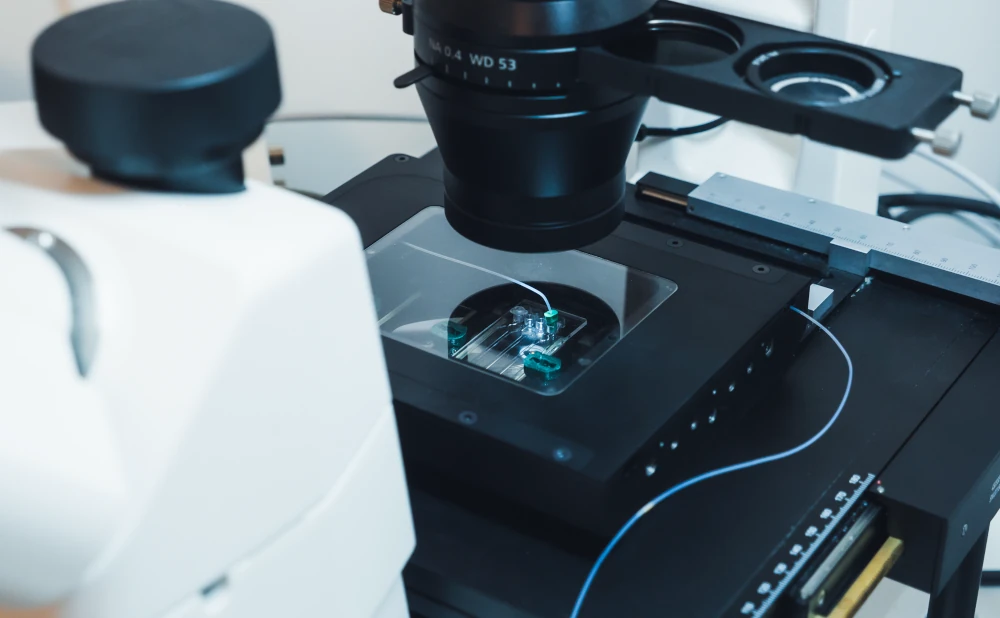
Maintain your neutrophils under ideal conditions during experiments
Our Stage Top Incubator was designed to keep the physiological temperature during long-term dynamic experiments on top of the microscope stage. You can couple it with gradient-forming chips and perform experiments under flow, mimicking the chemotaxis of neutrophils in the blood vessels.
References
1. Grigolato, F, Egholm, C, Impellizzieri, D, Arosio, P, Boyman, O. Establishment of a scalable microfluidic assay for characterization of population-based neutrophil chemotaxis. Allergy. 2020; 75: 1382– 1393. https://doi.org/10.1111/all.14195
2. Wu, X., Newbold, M.A., and Haynes, C.H. Recapitulation of in vivo-like neutrophil transendothelial migration using a microfluidic platform. Analyst, 2015,140, 5055-5064. https://doi.org/10.1039/C5AN00967G
3. Ren, J., Wang, N., Guo, P., Fan, Y., Lin, F., and Wu, J. Recent advances in microfluidics-based cell migration research. (Critical Review) Lab Chip, 2022, 22, 3361-3376. DOI: 10.1039/D2LC00397J
Neutrophil chemotaxis pack setup
Neutrophil chemotaxis can be quickly followed on top of the microscope stage with the suggested setup, which comprises a flow controller, flow sensors, and the stage top incubator. The chip can be adapted to your specific application. We can suggest commercially available options, such as the Fluidic 834 from ChipShop, but in-house developed devices can be equally used.
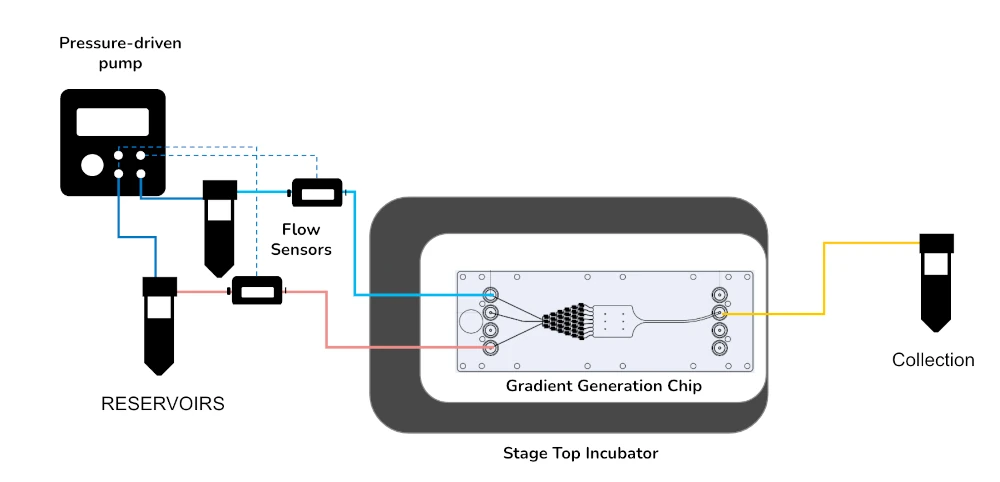
The neutrophil chemotaxis pack includes:
Flow sensor (Galileo, MIC)
Stage top incubator (in development)
Software (Galileo user interface)
Flow controller
2 x 15 mL falcon reservoirs
Chip from microfluidic ChipShop (suggestion: Fluidic 834)
All necessary accessories: tubing, connectors, filters, etc.
Applications of neutrophil chemotaxis
Performing chemotaxis experiments in microchannels have marked advantages. It is possible to study the heterogeneity of populations by analyzing them at the single-cell level [1]. It is also possible to better replicate the microenvironment of neutrophils during migration from the bone marrow to the injury site by applying liquid flow.
Grigolate et al. [2] have developed a platform for studying neutrophil chemotaxis due to chemokine gradients that profit precisely from that.
Their in-house developed chip creates gradients collected in different chambers at the outlet. Neutrophils are introduced after gradient formation, and the flow is adjusted to allow for an adequate residence time of neutrophils for detectable chemotactic motion. Their results showed a clear preference for the neutrophils for Chamber 4 when chemokines were used, indicating the best distribution of the chemoattractant [2], as shown below.
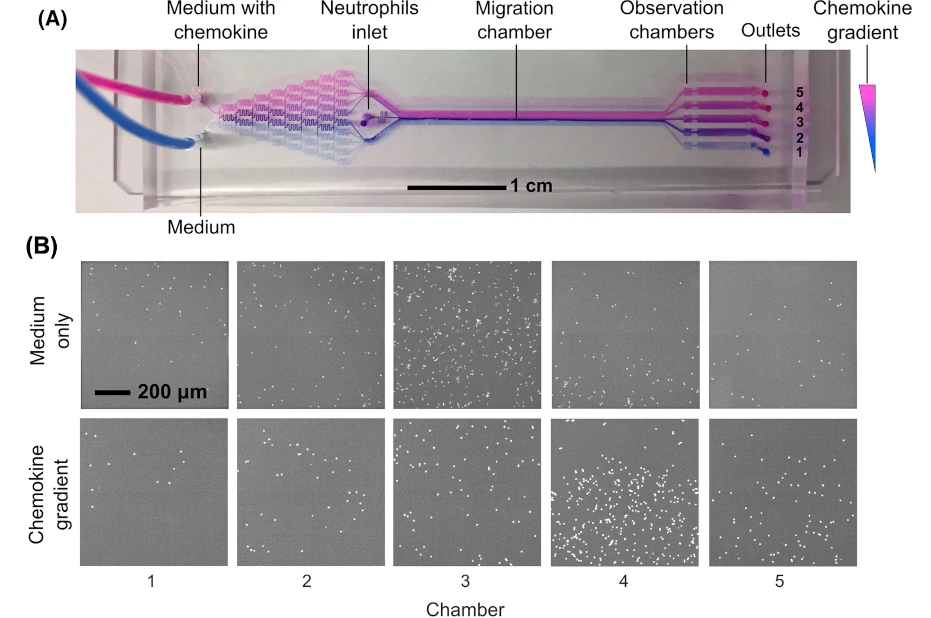
References
1. Ren, J., Wang, N., Guo, P., Fan, Y., Lin, F., and Wu, J. Recent advances in microfluidics-based cell migration research. (Critical Review) Lab Chip, 2022, 22, 3361-3376. DOI: 10.1039/D2LC00397J
2. Grigolato, F, Egholm, C, Impellizzieri, D, Arosio, P, Boyman, O. Establishment of a scalable microfluidic assay for characterization of population-based neutrophil chemotaxis. Allergy. 2020; 75: 1382– 1393. https://doi.org/10.1111/all.14195
Customize your pack
Our Products and Packs are fully customizable to fit your needs perfectly. Our specialists and researchers will help you choose the best instruments and accessories and accompany you during the setup of the microfluidic platform.
Contact our experts to answer any questions about this stage top incubator for microfluidics pack and how it can match your specifications!
Frequently asked questions
Can I order a pack?
Since Packs are products that are still being developed, we have a few eligibility criteria to maximize their success rate. A discussion with our experts is needed to determine your specific needs to offer you a personalized response.
Can a pack be customized based on my specific application?
Yes! Our experts will establish which instruments are best suited for your application, such as the type of flow sensor or the number of flow controller channels you need to perform your experiment. Contact us using the “talk to our experts” green button above.
Can I buy individual instruments?
Our instruments are in beta testing phase and can be tested as a pack or individually, so get in contact with our team to know how our beta testing program works.

